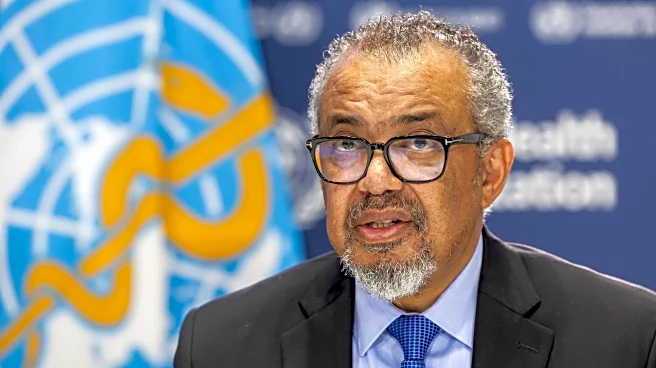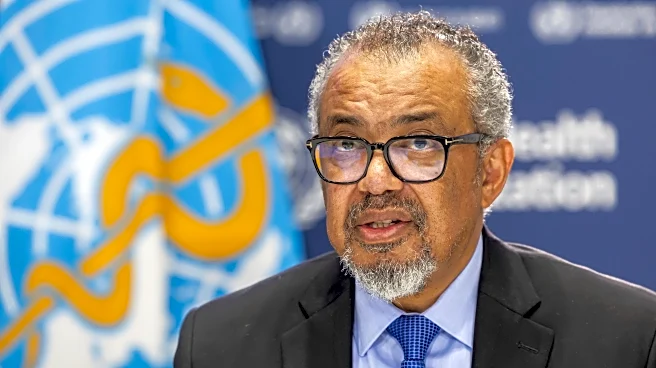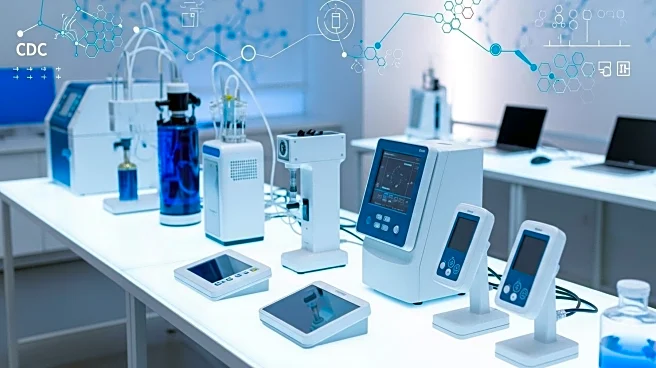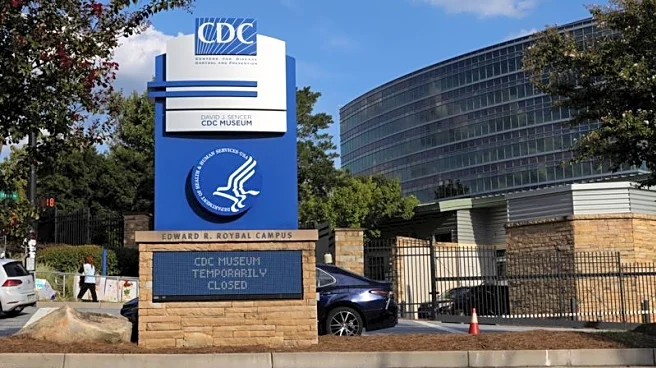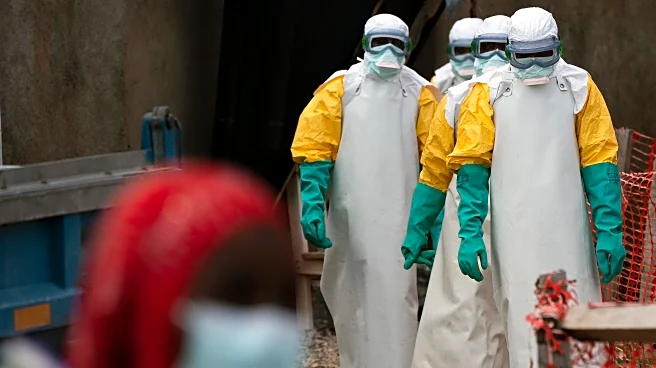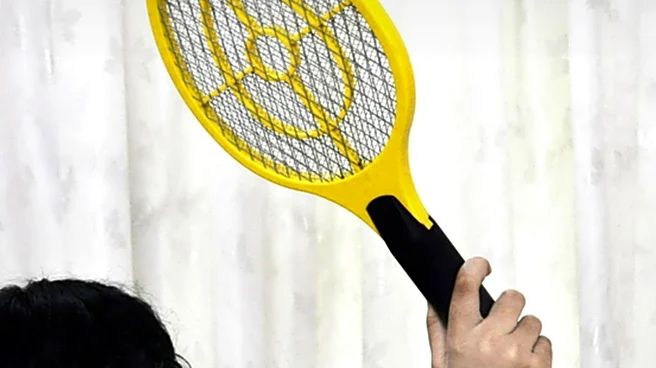What is the story about?
What's Happening?
The World Health Organization (WHO) has updated its Model Lists of Essential Medicines (EML) and Essential Medicines for Children (EMLc), adding new treatments for various types of cancer and diabetes. The revisions mark the 24th edition of the EML and the 10th edition of the EMLc. The lists now include medicines for cystic fibrosis, psoriasis, haemophilia, and blood-related disorders. The WHO Expert Committee reviewed 59 applications, resulting in the addition of 20 new medicines to the EML and 15 to the EMLc. The updated lists now feature 523 essential medicines for adults and 374 for children. The additions aim to expand access to medicines with proven clinical benefits and high potential for global public health impact.
Why It's Important?
The inclusion of new cancer and diabetes treatments in the WHO's essential medicines lists is significant for global health, particularly in developing countries where access to such medicines is limited. Cancer is a leading cause of death globally, and the addition of immunotherapy medicines like pembrolizumab could improve treatment outcomes. Similarly, the addition of GLP-1 receptor agonists for diabetes and obesity could enhance blood sugar control and reduce complications. These updates could lead to better health outcomes and reduced healthcare costs by prioritizing effective treatments and encouraging generic competition to lower prices.
What's Next?
The WHO will continue to monitor developments and support fair pricing strategies to improve access to these treatments. Countries are encouraged to prioritize patients who would benefit most from these medicines and make them available in primary care settings, especially in underserved areas. The WHO's efforts aim to achieve equitable access to essential medicines through a coherent health system response backed by strong political will and multisectoral cooperation.
AI Generated Content
Do you find this article useful?


